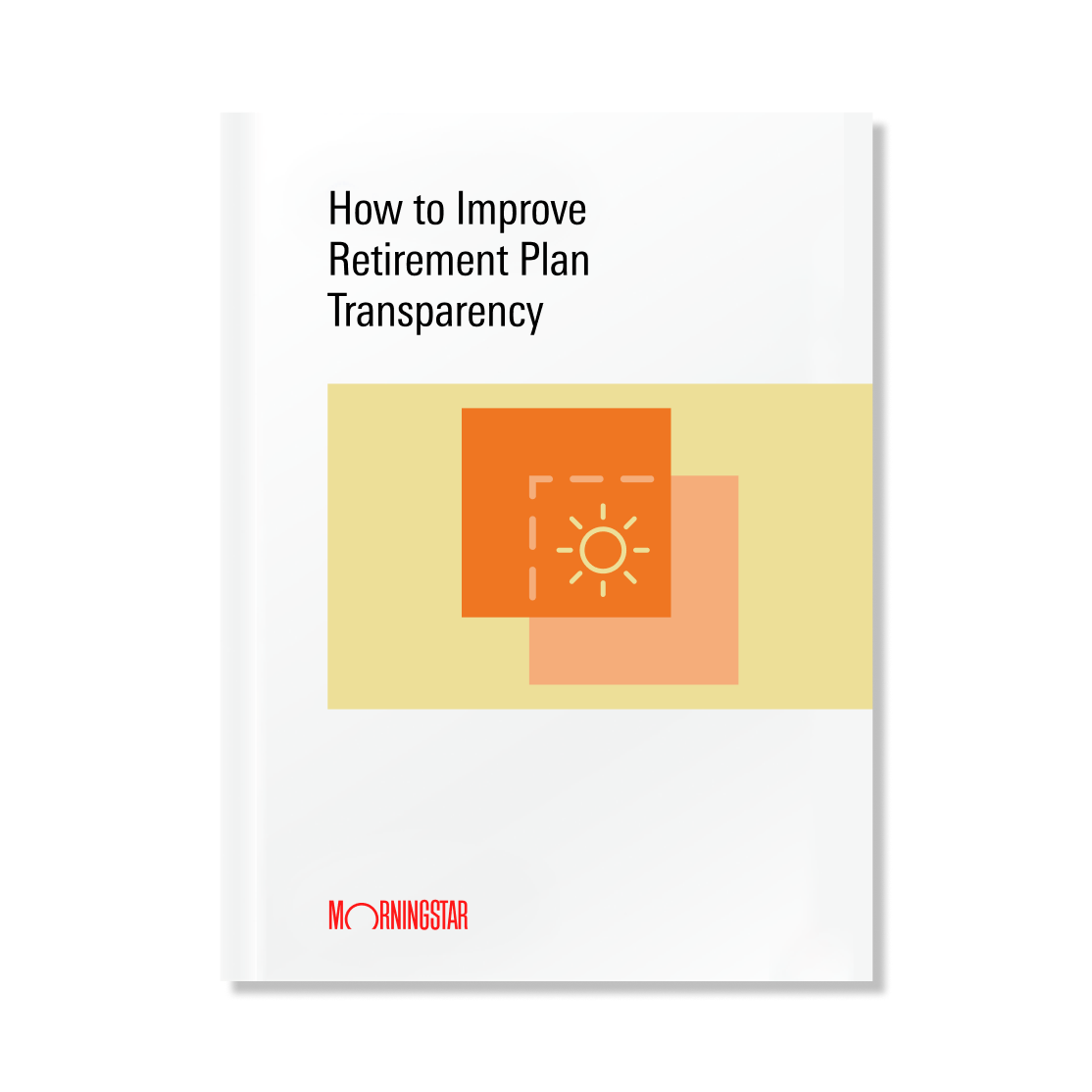Best Practices for 401(k) Plan Disclosures and Effective Strategies for Improving Retirement Plan Transparency
Best Practices for 401(k) Plan Disclosures and Effective Strategies for Improving Retirement Plan Transparency
How to Overcome Transparency Challenges in Retirement Plan Disclosures
It’s no question that annual disclosures for defined contribution plans, specifically 401(k)s, need significant improvement to serve investors, advisors, and plan sponsors. Form 5500's current incompatibility with SEC filings leads to incomplete data on 401(k) investments. It also lacks crucial information on popular investments, such as collective investment trusts, and often provides inaccurate details on administrative and investment fees.
These shortcomings hinder the ability to compare retirement plans' investment lineups and obscure the true costs involved. Improved disclosures would promote transparency, lower fees, and aid investors and advisors in making better decisions about rolling over retirement funds.
Don't miss out on this opportunity to elevate your understanding of retirement plan disclosures. Download the "Retirement Plan Transparency" report today.

What's Inside:
What's Inside:
- A comprehensive look at the current limitations of retirement plan disclosures such as Form 5500, and how they hinder financial advisors and investors.
- Detailed insights into the issues with linking retirement plan investment data to SEC filings, and the impact on understanding collective investment trusts (CITs).
- Suggestions for improving retirement plan transparency, including fee analysis and strategies for enhancing Form 5500 reporting.
